How is the story of expensive cat shit coffee red? How many types of coffee are there?
A few days ago, an article about the laxative effect of coffee in the coffee workshop mentioned the two elements of poop and coffee. Today, I would like to overlap these two elements and talk about something else.
Seriously think about it, cute cats like smelly shoes is abnormal, so people like to drink "poop coffee", is not more abnormal than cats?
What exactly is the processing process behind this kind of coffee coming out of the digestive tract of animals? It is different from the sun, water washing, half-washing and half-sun that we are most often exposed to.
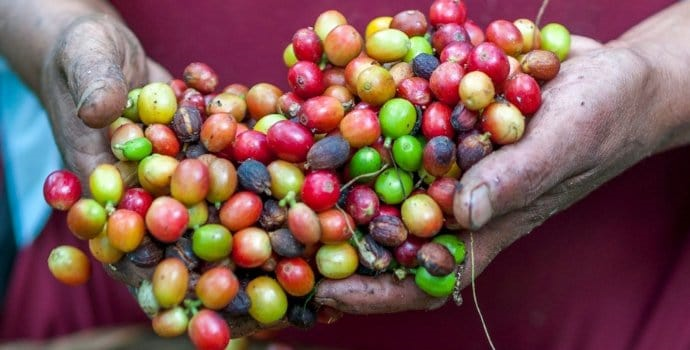
This kind of coffee beans is fermented in vivo, using lactic acid bacteria and digestive juices in the digestive tract of animals to remove the pulp of coffee cherries and pectin attached to the surface of shell beans.
Musk cat coffee
Arabica coffee was introduced as a cash crop in the 18th century when Sumatra and Java were part of Dutch colonies in the eastern Indonesian islands.
Planters in the Netherlands forbid local workers to taste the fruits of their labor. However, the bright eyes of the locals saw that some civets would steal the coffee cherries they had harvested, and eventually the coffee beans were excreted with their feces and remained the same.
So they washed the coffee beans, baked them and boiled and tasted them.
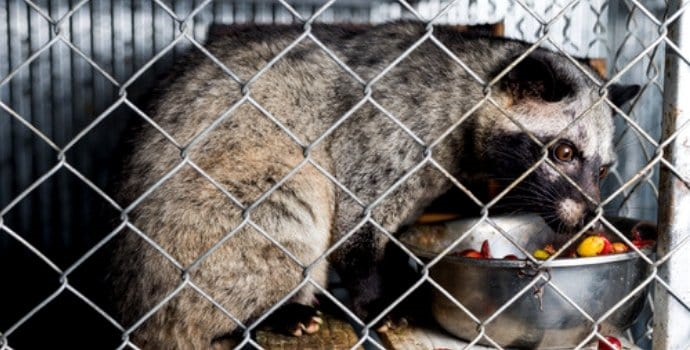
So Kopi Luwak used to be the coffee of the poor. What finally brought Kopi Luwak into public view was a 1981 National Geographic article that caught the attention of a man named Tony Wild, who works for Taylors of Harrogate, a British company that specializes in tea and coffee. He first bought a kilogram of Kopi Luwak locally, and then found the local media, but it was never expected that the media coverage of such curiosity made Kopi Luwak popular.
People who have tasted Kopi Luwak say it has a nutty, herbaceous flavor, but also a touch of dirt, and the coffee liquid is smooth, sticky and mellow.
Monkey coffee
According to Han Huaizong's introduction to monkey dung coffee in World Coffee, coffee gardens in India were plagued by macaques as early as the 19th century. Macaques specialize in choosing the most mature, sweetest and highest quality coffee cherries, causing a lot of losses to local farmers. On the other hand, when macaques eat coffee cherries, they will chew them. After chewing, they will spit out the remaining fruit and shell beans.
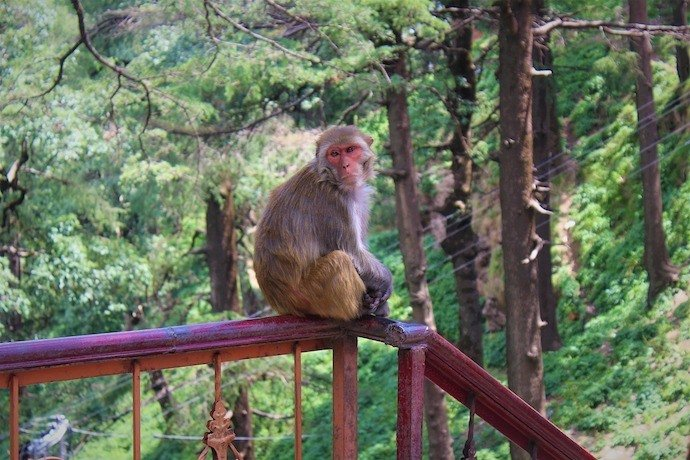
It is said to cover the entire flavor wheel, from citrus to nut cocoa, and the taste is sticky and sour.
Black ivory coffee
At an Asian elephant base in Thailand's Golden Triangle, breeders feed elephants with coffee and cherries mixed with other fruits. The enzymes in the elephant break down the protein in the beans during digestion, and the coffee fruit enters the elephant and is digested for 15 to 70 hours and then excreted with the digestive residue of other foods.
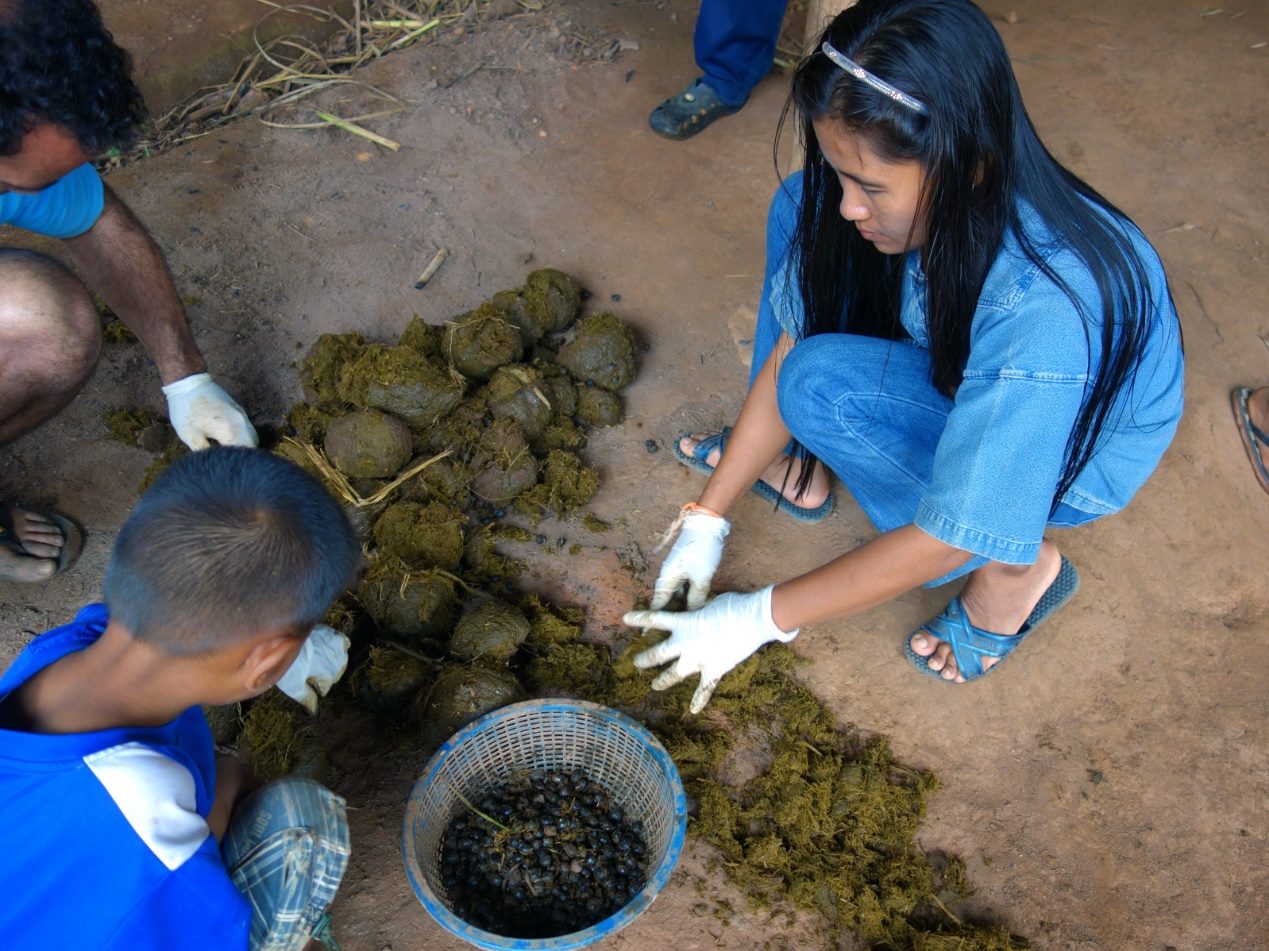
According to Han Zonghuai's book World Coffee, an elephant shelter in Sri Lanka also had a whim to make elephant dung coffee, but there was no sign of it.
Some foreign netizens said that black ivory coffee has the flavor of malt, chocolate, flower, cherry, tobacco, leather, and even a hint of grass!
Bird dung coffee
Because Indonesia's civet coffee is popular all over the world, Brazil is not willing to lag behind. It is said that the owner of Camochin Manor in Esp í rito Santo, Brazil, woke up one morning in 2009 to find a fleshy Phoenix-crowned pheasant invading his coffee plantation. he had to sit by and watch the birds pick delicious red fruit under their mouths. so he came up with the idea of using organic treatment.
Unlike omnivorous animals such as musk cats, because the Phoenix-crowned pheasant is a herbivore, coffee beans are less likely to catch a peculiar smell.
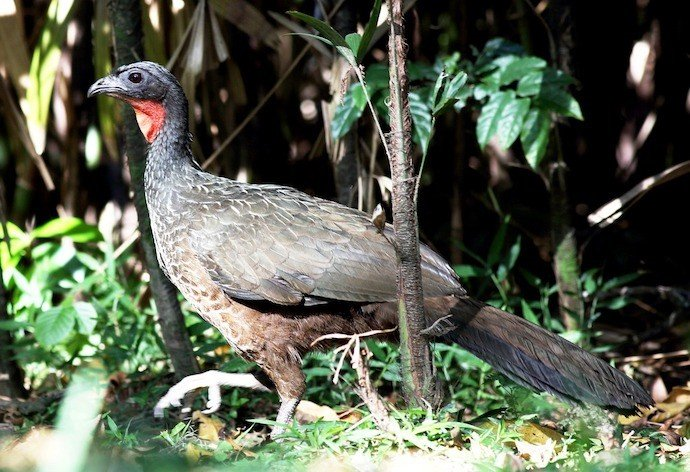
After the shell beans are excreted out of the body with poop, someone picks up the poop to wash the shell beans, which can only be sold after three months of storage.
Tom Owen, a boutique bean expert, commented on the cup: low sour, muggy, nutty and sweet, with a hint of black pepper.
Bat coffee
Bat coffee beans come from a species of bat in the forest around Tevesa Manor in the Brenka region of southern Costa Rica. However, bats are too small to swallow whole coffee cherries, so they just bite off the shell of mature coffee fruit and lick the pulp to suck the pulp to get the sugar inside. The rest is wrapped in saliva and left on the coffee tree to ferment and dry naturally.
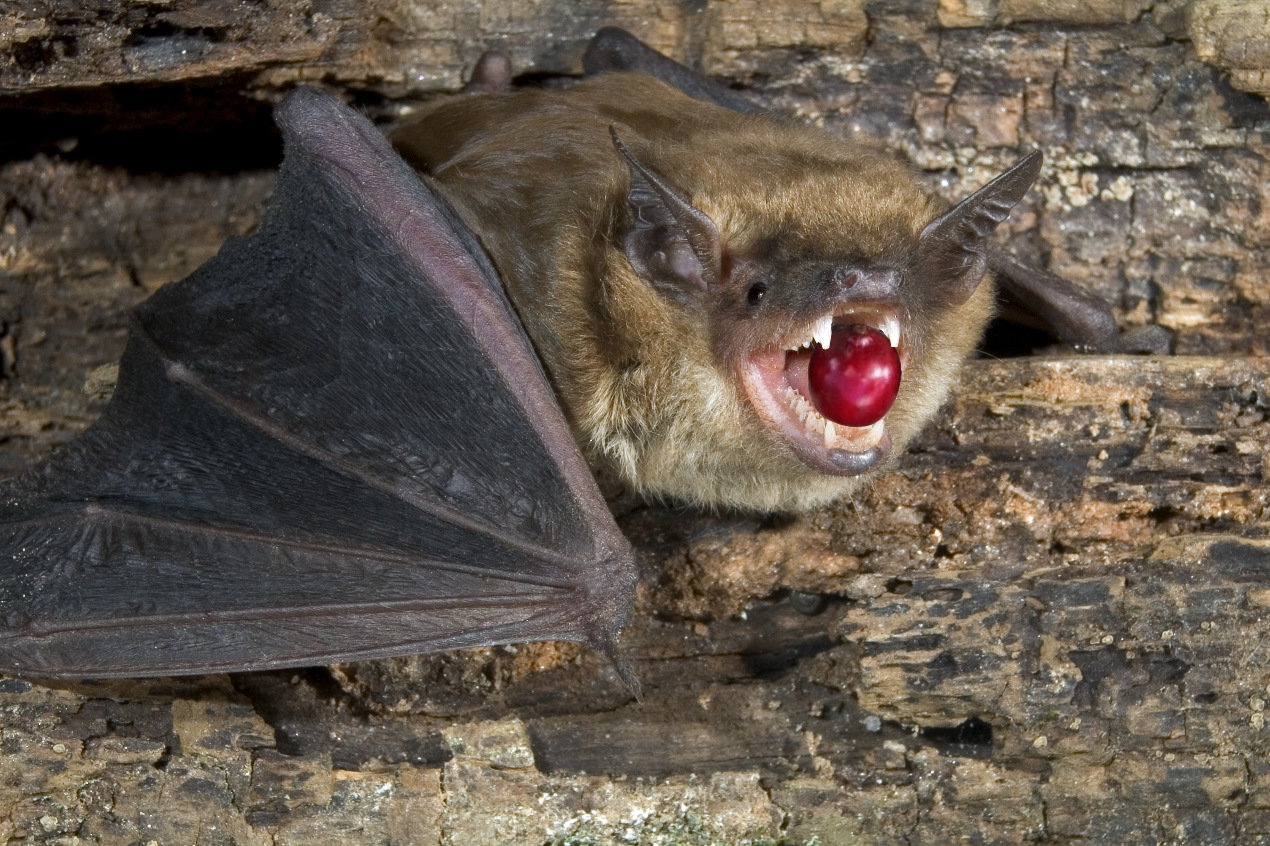
The above kinds of coffee are remembered by the world because of curiosity, and they are targeted because of curiosity. Being locked up is either eating or pulling. Imagine being stared at defecating. Are you nervous? It's OK to taste fresh, but if you drink it for a long time, the rose summer tastes better, don't you think?
Photo Source: Internet
Professional coffee knowledge exchange more coffee bean information please follow the coffee workshop (Wechat official account cafe_style)
For more boutique coffee beans, please add private Qianjie coffee on Wechat. WeChat account: kaixinguoguo0925
Important Notice :
前街咖啡 FrontStreet Coffee has moved to new addredd:
FrontStreet Coffee Address: 315,Donghua East Road,GuangZhou
Tel:020 38364473
- Prev

Luckily, Lu Zhengyao, the car rental owner in China, reported that Lu Zhengyao, founder of Luckin Coffee, was restricted from high consumption.
It has been more than a year since Ruixing's financial incident, but Ruixing's founder is still hot and has been on the hot search for many times. First, Lu Zhengyao suddenly announced to attack the catering industry "noodle restaurant" business, and then a variety of "enforced" related news. This time, Ruixing's founder received another restriction on consumption that limited Lu Zhengyao to high consumption. Public information shows
- Next
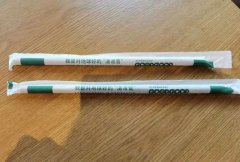
What can coffee grounds do? Coffee grounds creative new uses to play with the system to make flour edible!
Coffee workshop has posted a lot of articles about coffee grounds before, but most of them just use coffee grounds as a kind of tool raw material or external skin care products and so on. The only thing that has anything to do with food is Starbucks recycling coffee grounds into dregs. The coffee grounds closest to our digestive tract also have to count the "new way to play with coffee grounds!" Gin made from coffee grounds, on top
Related
- What effect does Italian American coffee with filter paper have? Will coffee taste better if it is put on filter paper at the bottom of the powder bowl?
- What is the color difference in coffee beans? What are the characteristics of honey processed coffee beans? Why are the anaerobically treated coffee beans uneven in color?
- How does novice Xiaobai quickly get started and make coffee? Newbies learn to make coffee by hand and share the specific steps and process process!
- Costa tea has a shelf life of 100 years?! Expert: Unable to verify
- It's a huge uproar! American milk addition was rejected by Manner employees?!
- Mocha pot coffee bean recommendations| How fine and how much powder should be used for grinding? What parameter ratios do I need to use to make milk with Mocha pot coffee?
- What are the characteristics of the world's top ten coffee beans treated with Costa Rica honey? How to make black honey kadura from Tarazhu Pilon Processing Plant taste good?
- How to make deep-roasted coffee? What grinding water temperature does authentic Jamaica Blue Mountain No. 1 coffee use to brew it well?
- Selected high-grade rose summer coffee flavor tasting guide Why Panama rose summer has the aroma of flowers and fruits
- What equipment does a novice Xiaobai need to buy to learn to make coffee? Filter cup electronic scale bean grinder manual flushing pot purchase guide

